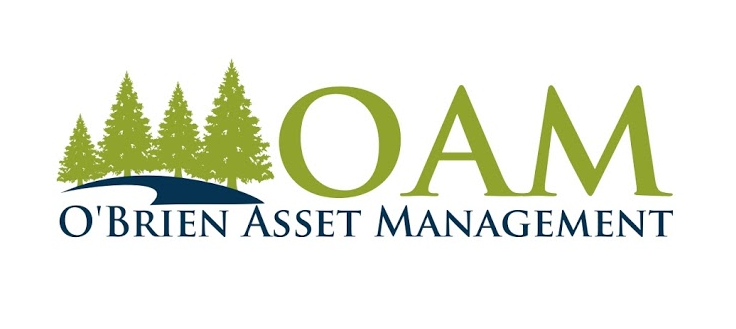Higher earners age 50 and up will get two more years to use pretax dollars for all of their retirement savings in 401(k)s and similar plans, after the Internal Revenue Service delayed a new requirement.
The IRS postponed until 2026 a law that was scheduled to take effect next year, and the agency gave more flexibility to older workers trying to decide how to plan their retirement savings.
The change enacted by Congress last year will force high earners to put so-called catch-up contributions into Roth-style accounts funded with post-tax dollars. The law applies to workers who made more than $145,000 in wages during the prior year and who contribute more than the general maximum for 401(k)s, which is $22,500 this year.
In a notice, the IRS said it was trying to create an orderly transition to the new system and postponed the requirement until 2026.
Under current law, contributions to 401(k) and similar plans are capped at $22,500. But savers ages 50 and older can make catch-up contributions beyond that into their 401(k) accounts each year, and eligible workers can put an extra $7,500 into their accounts, for a total of $30,000. Those catch-up payments can be made with pretax or post-tax dollars.
As part of a broader retirement law last year, Congress required that high earners make those catch-up contributions in post-tax dollars. The change was designed in part to raise money within the 10-year budgetary window that Congress uses. It thus helped to raise revenue for other changes such as a delay in the starting age for required minimum distributions from tax-deferred accounts.
